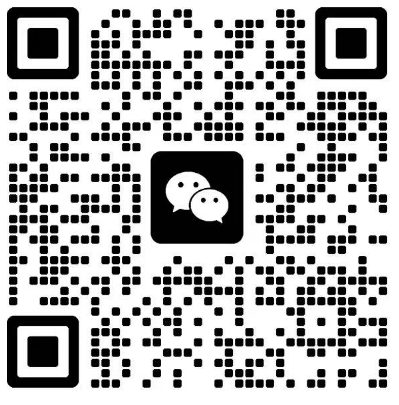
Unveiling the Enigma: Translating Google Chrome from English to Chinese
In the vast digital landscape, where information flows like a river, the ability to bridge language barriers is akin to a lighthouse guiding ships through the night. Imagine a world where the most popular web browser, Google Chrome, speaks your native tongue. This article delves into the fascinating journey of translating Google Chrome from its English roots into the rich tapestry of Chinese characters.
The Power of Google Chrome
Google Chrome, with its sleek design and lightning-fast performance, has become the browser of choice for millions worldwide. Its simplicity and extensive range of extensions make it a versatile tool for both casual surfers and power users. However, for those who speak Chinese, navigating the browser in its original English interface can be a daunting task. This is where the magic of translation comes into play.
The Challenge: Translating a Global Giant
Translating a software like Google Chrome is no small feat. It involves not just converting words from one language to another but also ensuring that the functionality and user experience remain seamless. The challenge is compounded by the fact that Chrome is a living, breathing application that constantly evolves with new features and updates.
The Translation Process: A Glimpse Behind the Scenes
The process of translating Google Chrome into Chinese is a meticulous one. It begins with a team of linguists and localization experts who carefully analyze each element of the browser. They translate not just the visible text but also the hidden strings that control the browser's behavior.
Here's a sneak peek into the translation process:
1. Content Analysis: The team identifies all the text elements within Chrome, including buttons, menus, and error messages.
2. Translation: Each piece of text is translated into Chinese, ensuring that the meaning is accurately conveyed.
3. Localization: The layout and design are adjusted to accommodate the Chinese language, which often requires more space than English.
4. Testing: The translated version is rigorously tested to ensure that it functions correctly and that the user experience is consistent with the original English version.
The Impact: A World Without Language Barriers
The translation of Google Chrome into Chinese is more than just a linguistic achievement; it's a step towards a more connected world. By making the browser accessible in Chinese, Google has opened up a gateway for millions of users to explore the internet without the hindrance of language.
This move has several significant impacts:
1. Increased Accessibility: Users who are not fluent in English can now access Chrome's features and extensions without confusion.
2. Cultural Exchange: The translation fosters a cultural exchange, allowing users from different backgrounds to interact more seamlessly.
3. Economic Growth: By removing language barriers, businesses can reach a wider audience, potentially leading to economic growth.
The Future: A Multilingual Browser
The translation of Google Chrome into Chinese is just the beginning. As the world becomes more interconnected, the demand for multilingual software will only grow. The future of web browsers lies in their ability to adapt to different languages and cultures, making the internet a truly global platform.
In conclusion, the translation of Google Chrome from English to Chinese is a testament to the power of language and technology. It's a story of how a simple act of translation can bridge the gap between people, cultures, and ideas. As we continue to navigate the digital world, let us remember that the key to unlocking its full potential lies in the ability to communicate across languages.





